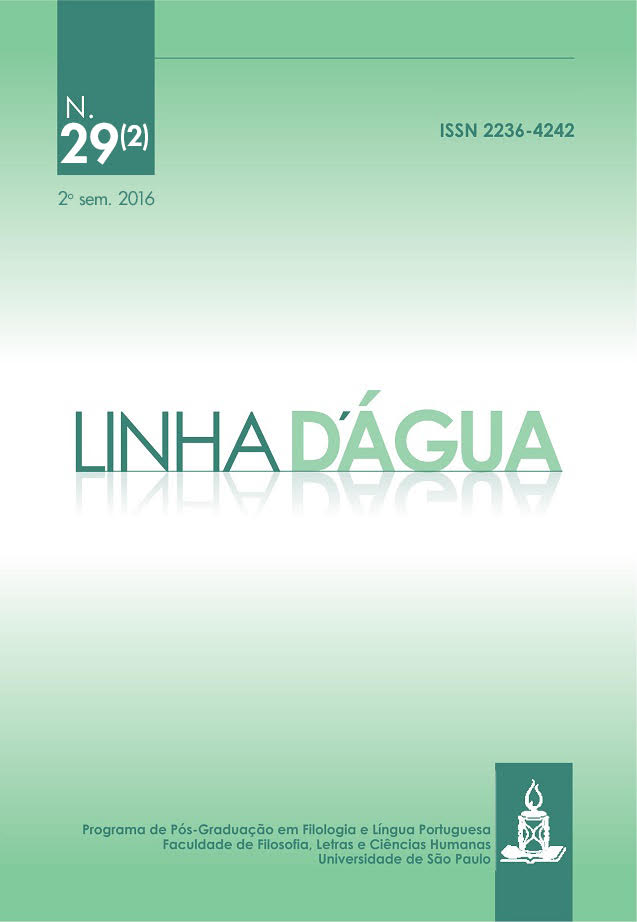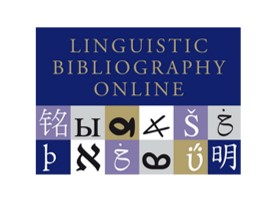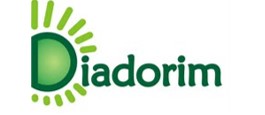Tá serto! Só que não ... Argumentation, Enunciation, Interdiscourse
DOI:
https://doi.org/10.11606/issn.2236-4242.v29i2p123-155Keywords:
Enunciation, Argumentation, Delocutivity, Modalization, Digital Speech.Abstract
In this article we discuss the relationship between discourse, enunciation and argumentation. We take argumentation as a language fact with different modes of inscription in the language system, as well as in enunciation and in interdiscourse. As such, it allows us to observe the functioning of the political element in language: the divisions in the language systems and between speakers for the rights to say, the ways of speaking and the ideological (interdiscursive) positions that determine the speakers, acting as the basis of argumentative relations. Specifically, we observe the operation of argumentation in an enunciative fact: ‘delocutivity’, which implies the returns of saying, and produces new linguistic forms of enunciation. We analyzed two delocutive interjections: ‘tá Serto’ and ‘só que não’. Both forms find their origin in digital enunciations in Brazil and their material character is intrinsically linked to their mode of production and circulation in the digital environment. As language forms, they are affected by processes that participate in the construction of the lexicon and incorporate them to the regularities of the linguistic system by an effect of delocutive enunciation as signs of an ironic mode of speech and connect their semantic-enunciative value to other modalisation markers.Downloads
Downloads
Published
Issue
Section
License
The Editorial Board authorizes free access to and distribution of published contentes, provided that the source is cited, that is, granding credit to the authors and Linha D'Água and preserving the full text. The author is allowed to place the final version (postprint / editor’s PDF) in an institutional/thematic repositor or personal page (site, blog), immediately after publication, provided that it is available for open access and comes without any embargo period. Full reference should be made to the first publication in Linha D'Água. Access to the paper should at least be aligned with the access the journal offers.
As a legal entity, the University of São Paulo at Ribeirão Preto School of Philosophy, Sciences and Languages owns and holds the copyright deriving from the publication. To use the papers, Paidéia adopts the Creative Commons Licence, CC BY-NC non-commercial attribution. This licence permits access, download, print, share, reuse and distribution of papers, provided that this is for non-commercial use and that the source is cited, giving due authorship credit to Linha D'Água. In these cases, neither authors nor editors need any permission.
Partial reproduction of other publications
Citations of more than 500 words, reproductions of one or more figures, tables or other illustrions should be accompanied by written permission from the copyright owner of the original work with a view to reproduction in Linha D'Água. This permission has to be addressed to the author of the submitted manuscript. Secondarily obtained rights will not be transferred under any circumstance.










